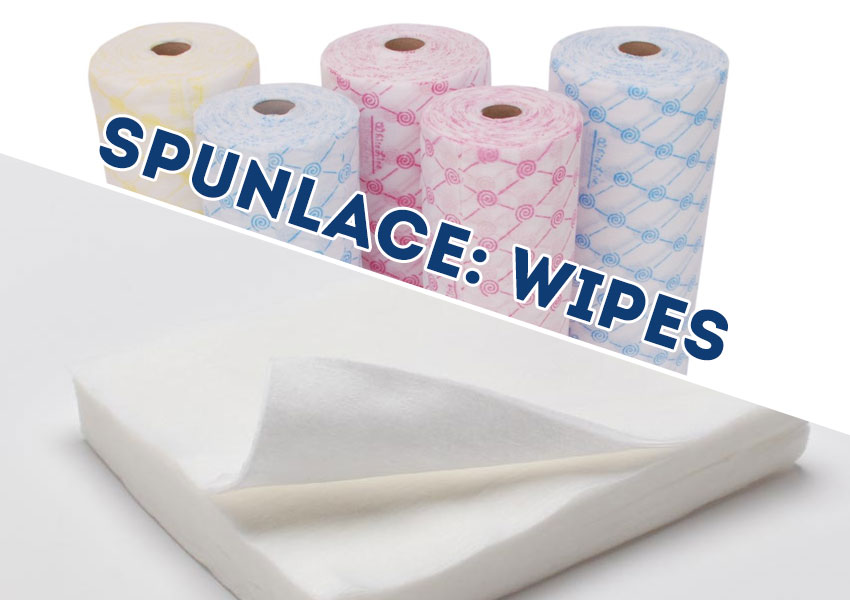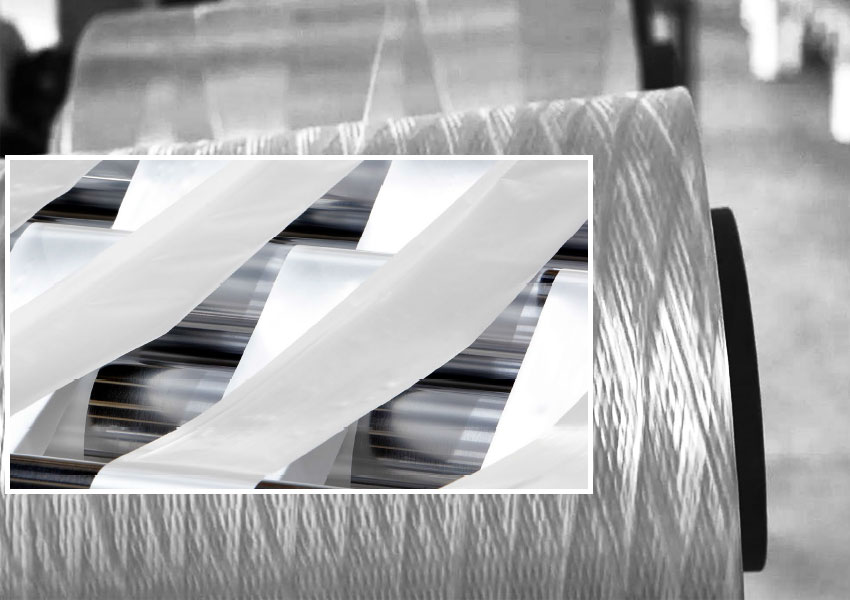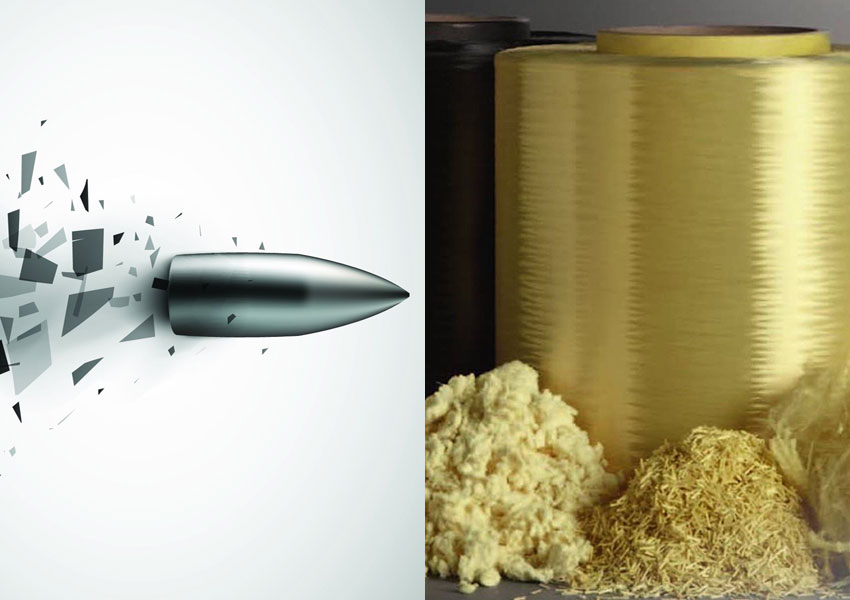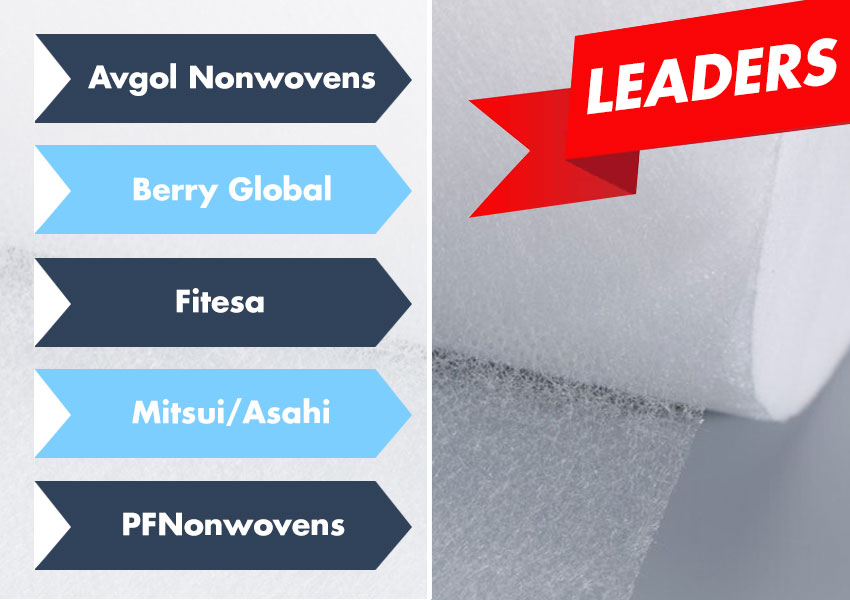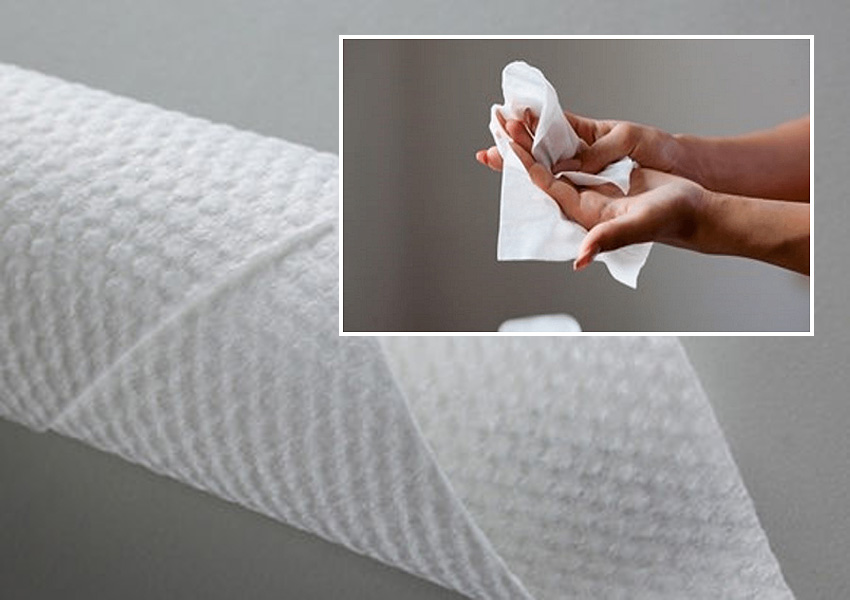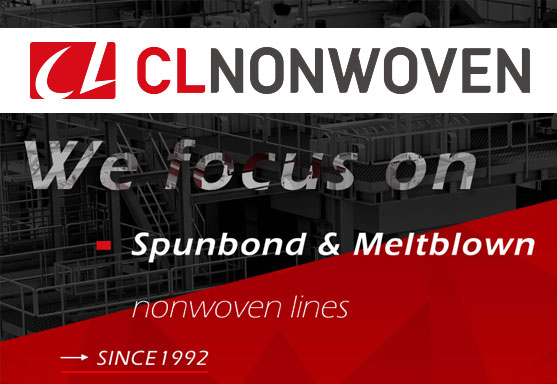Publications
Last
Advertisement
Partners


Meltblown 2023 - new applications of nonwovens

In view of the declining demand for masks and respirators, manufacturers of nonwovens "meltblown" are increasingly paying attention to such areas of application of the material as filtration, sorbents, napkins and thermal and sound insulation.
After an unprecedented level of investment in nonwovens "meltblown" around the world in 2020 - 2021 due to the need for materials for the production of masks and respirators in the midst of the coronavirus pandemic, the market for these nonwovens is returning to normal. Since the need to wear masks and respirators in public places has disappeared, the demand for "meltblown" for this market segment has fallen. Today, when manufacturers of nonwovens face a significant oversupply, they are looking for applications for their materials such as filtration, napkins, sorbents and others to compensate for this excess.
Over the past 24 months, many manufacturers of nonwovens around the world have installed new production facilities for the "meltblown" material. At the moment, an excessive number of meltblown installations, combined with a significant reduction in the use of personal protective equipment after the pandemic, have created a state of oversupply in the meltblown market. Global supply chain problems have led to a preference for supplies within regions. Currently, there is a noticeable improvement in the cost and lead time of shipping orders, but domestic deliveries are still preferred due to residual concerns about unpredictable events leading to supply disruptions. Nevertheless, in the near future, due to the leveling of the situation with sea transportation, it is planned to increase the import of materials from Asia.
According to data from an upcoming study from Smithers «The future of nonwovens «meltblown» until 2028», the consumption of these nonwovens will reach 253,500 tons in 2023, which is equivalent to 4.0 billion square meters and the cost of $ 1.0 billion. These figures characterize the return of the material to normal reality after the surge in demand caused by Covid. Forecasts of growth rates for 2023-2028 are 4.9% in tonnage and 6.2% in value terms, which is only slightly higher than historical norms.
Suppliers of nonwovens are also observing the above-described trends, especially with regard to the increase in supplies from Asia. Over the past three years, shipments of "meltblown" from China have significantly decreased due to high transportation prices and the lack of containers. As the freight problem returns to normal, the industry is seeing the return of Chinese materials, which have already led to a reduction in the use of production capacity by manufacturers from North America and the European Union. Now we are witnessing the return of traditional imports from Asia at very competitive prices. This situation leads to the termination of the operation of the meltblown lines by some European companies.
According to Smithers at the moment, the global demand for the material "meltblown" used in masks is estimated at about 22% of the demand for this material in 2020-2021. In 2023, another slight drop in demand is expected, followed by more stable growth, measured in historically predictable values. Looking ahead, Smithers predicts that, unless a new pandemic occurs, the consumption of the material "meltblown"; it will return to its historical annual growth rates (or slightly higher) in the next five years. «Home» regional production of «meltblown» will be short-term and insignificant in volume. Within five years, Asia will regain its place as the world's main supplier.
Meltblown: more than masks
Taking into account all the excess capacity "meltblown" installed over the past three years, manufacturers of nonwovens are looking for applications beyond masks. According to forecasts, applications such as sorbents, filtration (liquids and gases), insulation (acoustic and thermal) and wipes will see a good increase in consumption, especially with the current oversupply of meltblown material and reasonable prices.
Kimberly-Clark uses its patented technology to produce meltblown materials. This technology allows the material to be used in various products, including cleaning materials for disinfection and cleaning of various surfaces, filter materials and sorbents, for which high demand and growth potential are expected to recover.
During a pandemic Berry Global invested both in new equipment and in the temporary re-equipment of pilot lines for the production of "meltblown" in support of the fight against Covid-19. Currently, the pilot plants are being converted back, as the demand for material for the masks segment has slowed down. However, Berry continues to support critical material applications in the filtration segment with materials manufactured in North America, Europe, Asia and South America.
Berry sees growth opportunities for the application of the Meltblown material with its patented Meltex Meltblown technology. Thanks to the possibility of gluing Meltex with other materials, interesting composite solutions for complex tasks appear. In addition, the specific characteristics of materials produced using the meltblown technology make it possible to enter the neighboring markets of filtration, napkins, automotive and other industrial applications. Berry Global has recently released innovative industrial napkins in Europe, in which recycled materials are combined with meltblown material, thus creating a unique environmentally friendly product.
Company Mogul, which invested in its first meltblown line in 2000, added a fifth and sixth lines in 2021 for the production of materials for masks N95 and N99, as well as for use in the segment high-efficiency filtration and other industrial applications. The first four Mogul lines were mainly aimed at the market of oil spill control products, fuels and lubricants and produced medium-efficiency filter materials that are not very well suited for masks or other applications in the field of high-efficiency filtration.
In 2022, the company installed in Turkey the seventh "meltblown" line from Reicofil with a width of 1.6 meters. The meltblown system is equipped with electrostatic charging technology and produces high-quality filter material that provides a high degree of filtration, low pressure drop and high storage capacity. This unit has an annual capacity of 550 tons for N95 material or 365 tons for N99 material. In addition to polypropylene, the new line is able to work with PBT, TPU and PLA polymers.
The production of sorbents, initially, was Mogul's main market for "meltblown" before the pandemic and still remains the largest market for the manufacturer. And since the demand for mask materials has decreased worldwide, filtration has become one of the main applications that Mogul focuses on. Due to environmental concerns and climate change, it is expected that the volume of filtration business, especially in the indoor and outdoor filtration market, will increase in the coming period. In addition to filtration products, sorbing materials will be in demand in a wide range of areas, such as spill control of hazardous substances, waste management and environmental protection.
Radici Group also invested in "meltblown" during the pandemic. The line was set Oerlikon Nonwovens, and has the ability to produce a material that has excellent filtering ability even for microscopic particles, such as viruses, and provides breathability and protection. This equipment can produce products with special technical characteristics not only from polypropylene, but also from other polymers, such as polyester, polyamide and thermoplastic polyurethane, for use in the medical and filtration sectors. With the new line, RadiciGroup offers a wide range of filter materials with a composite structure of up to four layers combining its Radimelt Meltblown with Dylar and Respunsible Spunbond.
At the moment, due to a decrease in demand for masks, RadiciGroup is focusing on such industries as air filtration, liquid filtration and absorption of oil and petroleum products. The company also continues to supply products for medical use, as well as for the production of hygienic and protective clothing.
Company Fitesa operates 11 meltblown production lines in Brazil, the USA, Germany and Italy, supplying non-woven fabric, mainly for the production of respiratory protection products and napkins, to the markets of these regions. The demand for "meltblown" for respiratory protection peaked during the pandemic, so countries have invested heavily in local production. During this period, Fitesa also invested heavily in supporting the needs of the market. Since then, demand has declined significantly, and many companies have shut down their lines, resuming imports from their original sources, mainly from China.
However, Fitesa continues to pay attention to respiratory protection products, offering innovative solutions that help its customers compete in the market. A recent example is a new composite material that combines the filter and outer layers of the mask in one roll, significantly increasing the production efficiency of the final products. Fitesa has also developed bio-based outer layers that help its customers increase the content of sustainable materials in the final products and reduce the carbon footprint of the finished product.
For a German manufacturer of nonwovens Sandler filtration is the main application of materials blown from the melt. The company develops and manufactures a wide range of filter materials used in heating, ventilation, air conditioning, automotive filtration, synthetic bags for vacuum cleaners, specialized special filters for liquid filtration, as well as for medical and hygienic purposes. All non-woven materials «meltblown» they are produced without any chemical additives.
For the HVAC field, Sandler's material is used in filters classified to EPA or MERV 16. «Meltblown» covers all ranges of filtration efficiency in accordance with ISO 16890. In addition, Sandler offers filter materials for household applications, filter materials for masks and filter materials for liquid filtration.
In close cooperation with customers and partners throughout the supply chain, Sandler is also constantly working to develop more environmentally friendly alternative products to expand its product range. Alternative raw materials, such as synthetic polymer of polylactic acid, create new opportunities for further development. Being based on natural raw materials, PLA allows the production of biodegradable materials, responding to the ongoing trend of striving for the production of more environmentally friendly products.
The current meltblown market is subject to various influences in the global environment, including energy costs, raw materials and logistics, as well as political influences. In addition, the coronavirus pandemic still has huge consequences. Additional capacities have been installed. New players are appearing on the market. Competition in some markets will increase. However, it also provides an opportunity for companies like Sandler to stand out due to a strong and innovative portfolio, a high level of service and long-term partnerships.
Company Roswell launches the production of plant-based meltblown material. Responding to the green trend in nonwovens, Roswell Textiles has just released Ecofuse, a low-carbon, plant-based nonwovens that can offset carbon emissions and is designed to replace existing synthetic nonwovens with more sustainable and environmentally friendly alternatives. Roswell Textiles developed, commercialized and scaled Canada's first supply of synthetic meltblown during the Covid-19 pandemic. The company was able to scale production quickly and efficiently by developing and manufacturing its own equipment for the production of nonwovens on its own, and in just two months carried out the first commercial sale of Canadian meltblown.
High-quality technical nonwovens of a new generation under the Ecofuse trademark are created on a plant basis and made of biopolymers. These high-tech materials have the same technical characteristics as synthetic polypropylene materials, but with a net reduction of carbon in their production by 65%.
Ecofuse is already commercially used for medical filtration, water filtration and air filtration in residential areas. Additional commercialization processes are currently underway for the use of Ecofuse materials in hygiene, food and beverage packaging, as well as in building materials. Ecofuse materials blown from the melt, which are currently used commercially for regulated medical purposes, are certified by the BioPreferred program of the US Department of Agriculture as 100% biological.
Corporation Toray has started producing sound insulation materials Airlite Meltblown in the Czech Republic. Subsidiaries of Toray IndustriesToray Textiles Central Europe s.r.o. (TTCE) and Toray Advanced Materials Korea Inc. (TAK) have opened new businesses in the Czech Republic to expand the scope of their Airlite business for acoustic insulation of car interiors in Europe. This material increases passenger comfort by suppressing noise from driving, vibrations and external vehicles. The new plant was put into operation in October 2022 with an annual production capacity of 1,200 metric tons.
Airlite is a non-woven sound-absorbing material "meltblown", made of polypropylene and polyester, providing exceptional sound absorption in a wide frequency range. It is lightweight, which reduces energy consumption when driving.
Europe has led the efforts of developed countries to steadily tighten the rules on car noise, including for models with internal combustion engines. Demand for electric vehicles should increase dramatically in the next few years. These cars make almost no engine sounds, so drivers and passengers are more likely to notice external noises from tires and other vehicles. Quieter cabins seem more comfortable and luxurious. Thus, the markets for sound-absorbing materials with high performance characteristics will continue to grow. Moreover, as the urban air mobility (UAM) industry is expected to grow in the future using propellers, the scope of application of lightweight "sound-absorbing" aircraft will expand.

